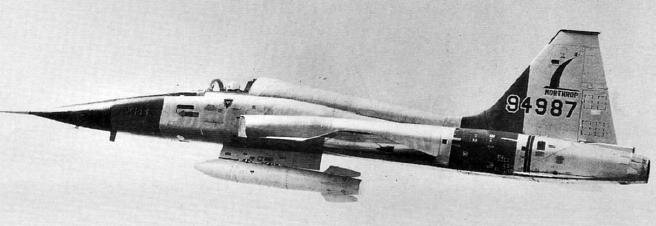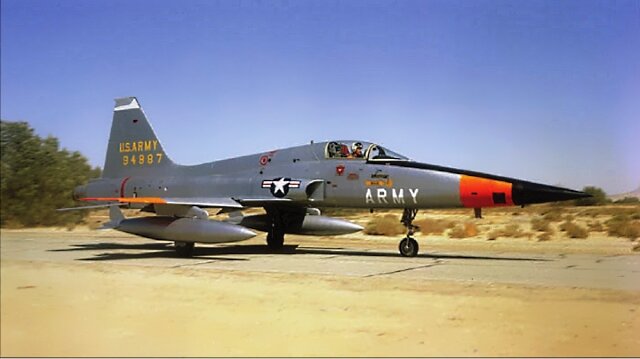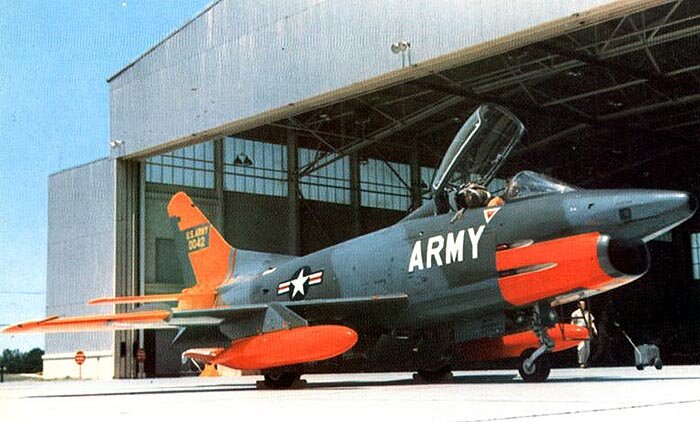- Joined
- 27 September 2006
- Messages
- 6,074
- Reaction score
- 6,188
As has been pointed out on the thread about alternatives to the West German F104 buy, the West Germans also bought the Fiat G91 light fighter bomber.
This aircraft was designed for a NATO competition to strengthen the European Defence Industry and standardise a lightweight close support fighter able to operate from unprepared surfaces.
The G91 was so successful with the Luftwaffe and the Italian Air Force that they tried to develop a VSTOL replacement, the VAK191. When this proved too difficult, German bought the Alphajet and Italy first the G91Y and then the AMX.
Neither the UK (which simply converted it's Hunter into FGA9s) or France (Breguet lost the competition) bothered with the G91.
Supposing instead the US had pushed its own candidate for this role. The A4 Skyhawk might have served with US Army units in West Germany alongside European A4s. The NATO A4 might have gone on to serve on RN, Canadian, and Dutch carriers.
Alternatively as happened with the Alphajet West Germany might have gone with a Dornier Breguet design. Perhaps this plane would be so good that the UK adopts it as a cheaper solution to replacing FGA9.
This aircraft was designed for a NATO competition to strengthen the European Defence Industry and standardise a lightweight close support fighter able to operate from unprepared surfaces.
The G91 was so successful with the Luftwaffe and the Italian Air Force that they tried to develop a VSTOL replacement, the VAK191. When this proved too difficult, German bought the Alphajet and Italy first the G91Y and then the AMX.
Neither the UK (which simply converted it's Hunter into FGA9s) or France (Breguet lost the competition) bothered with the G91.
Supposing instead the US had pushed its own candidate for this role. The A4 Skyhawk might have served with US Army units in West Germany alongside European A4s. The NATO A4 might have gone on to serve on RN, Canadian, and Dutch carriers.
Alternatively as happened with the Alphajet West Germany might have gone with a Dornier Breguet design. Perhaps this plane would be so good that the UK adopts it as a cheaper solution to replacing FGA9.





